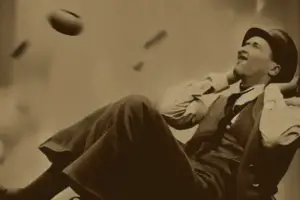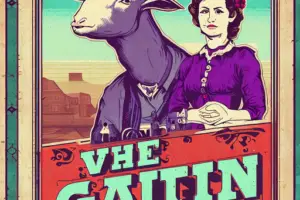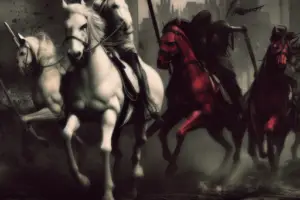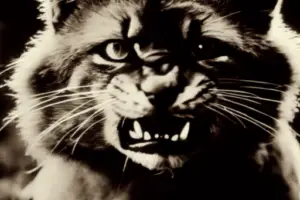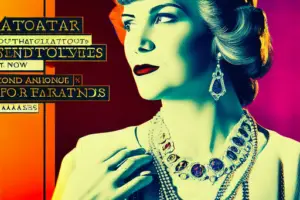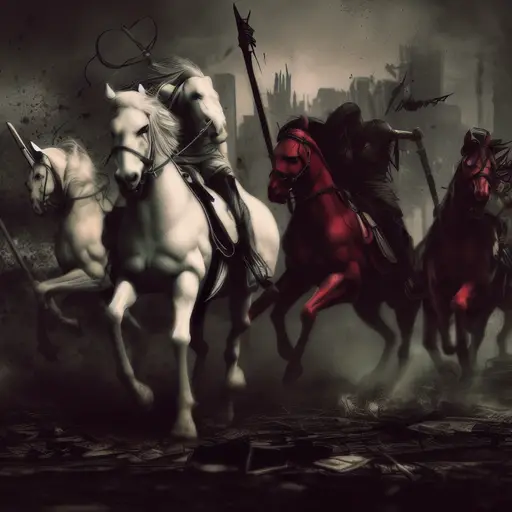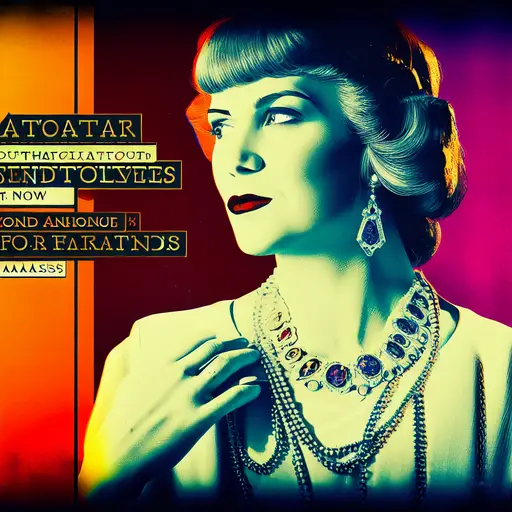The President (1919) was a film that depicted the transformation of a humble man into a respectful and compassionate leader. The story took place in a small village where a humble shoemaker was suddenly elected as the new president. As he navigates through his new role, the shoemaker quickly realizes the harsh realities of politics and power. Our novel-length story plays on the themes of leadership, humility, and morality, with a thrilling climax that will leave readers on edge.
Our protagonist, Georgi, was much like the titular character in the movie, a skilled craftsman loved by his community for his kindness and compassion. One day, the current president had passed away, and the townspeople needed to decide on a successor. The town council, fed up with the corruption and scandal that plagued their previous presidents, decided to choose a candidate that was not affiliated with any political group.
The townspeople, much to Georgi’s surprise, chose him as their new president. At first, Georgi was hesitant to accept the title. However, his passion for serving his community and genuine care for his fellow citizens gave him the confidence to accept the role.
As he journeys through the daily responsibilities and expectations that come with his new role, Georgi quickly begins to see the truth behind politics. He is quickly met with bribes, threats, and social pressure from other political leaders who seek to control his decisions.
As Georgi grapples with the tough decisions that come with his new position, he tries to balance his morals with his duties as a leader. Throughout the story, the author uses flashbacks to show the emotional depth of his character, highlighting his past experiences and his inner thoughts and feelings. The flashbacks show Georgi’s struggles in the past as a young boy who had to flee his home country with his family to escape war and violence.
The author also introduces some interesting plotlines that keep the story fresh and engaging. A budding romance blossoms between Georgi and a young woman, a school teacher in the village. Moreover, the village is dealing with a major crisis – a drought that is slowly taking away their crops and the livelihood of its citizens. Georgi seeks advice from a group of farmers and scientists to find ways to combat the crisis, but his efforts are met with clashes from the town council and other political leaders.
As tensions rise, Georgi realizes that his own life is in danger. His efforts to fight corruption have attracted the resentment of those he once called friends. The climax involves a thrilling chase through the woods as Georgi attempts to escape from his would-be assassins.
The author captures the essence of the movie beautifully by bringing its themes to life through the characters and setting. Georgi’s transformation from a shoe cobbler to a respected and compassionate leader of his community highlights the qualities that make a great leader. The story also showcases the dangers of power and influence and how they can corrupt even the most honest of individuals.
The setting of the small village is also a crucial aspect of the story, providing the perfect backdrop for a tale of morality and leadership. The author brings the village to life through vivid descriptions of the people, their lives, and the challenges they face.
As the story ends, Georgi has successfully outsmarted his assailants and has saved himself from certain death. He comes to the realization that being a leader entails making tough decisions, facing harsh consequences, and sacrificing personal gain for the greater good. The story ends with Georgi reflecting on his journey, realizing the true value of humility and morality in leadership.


